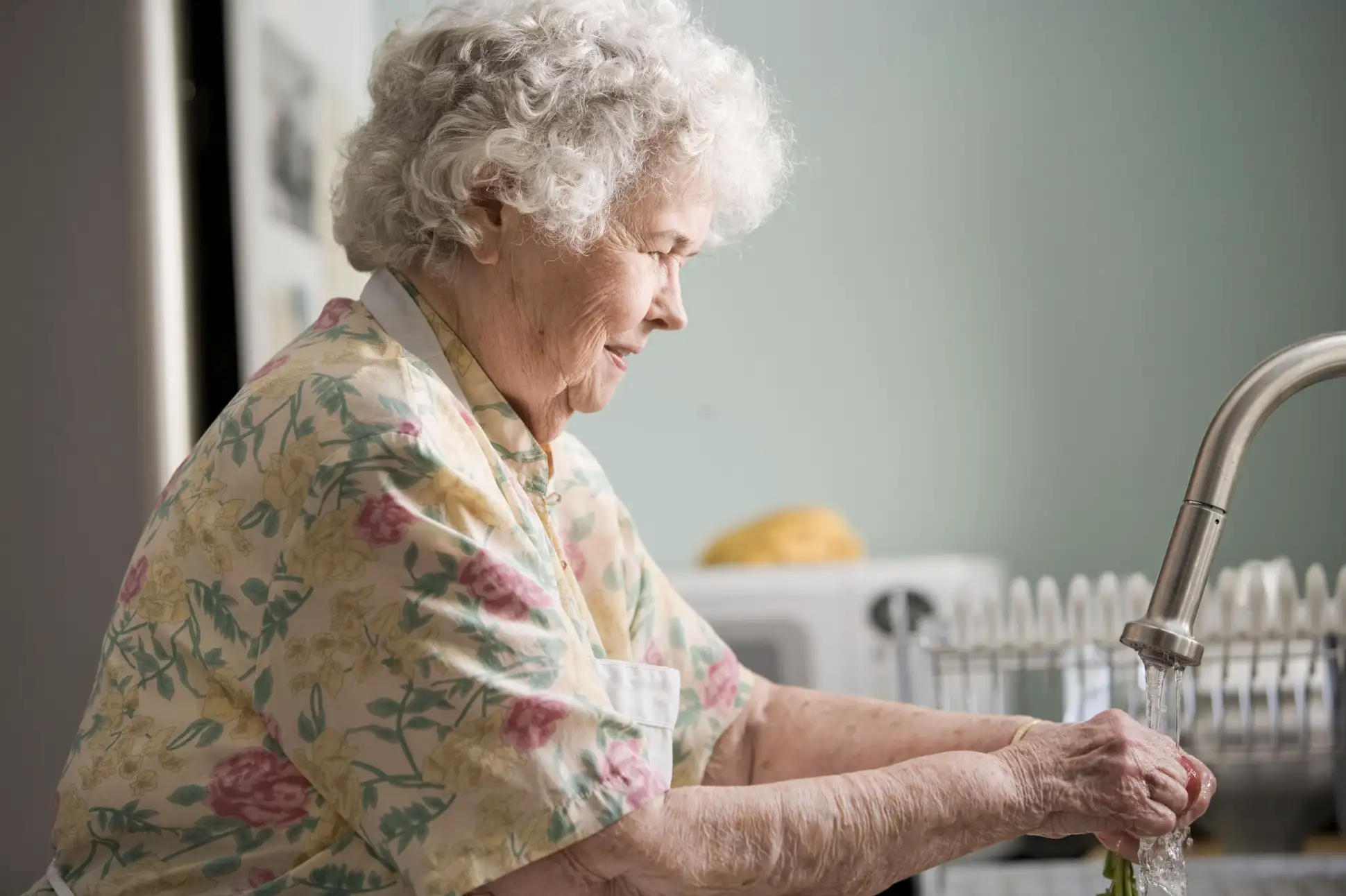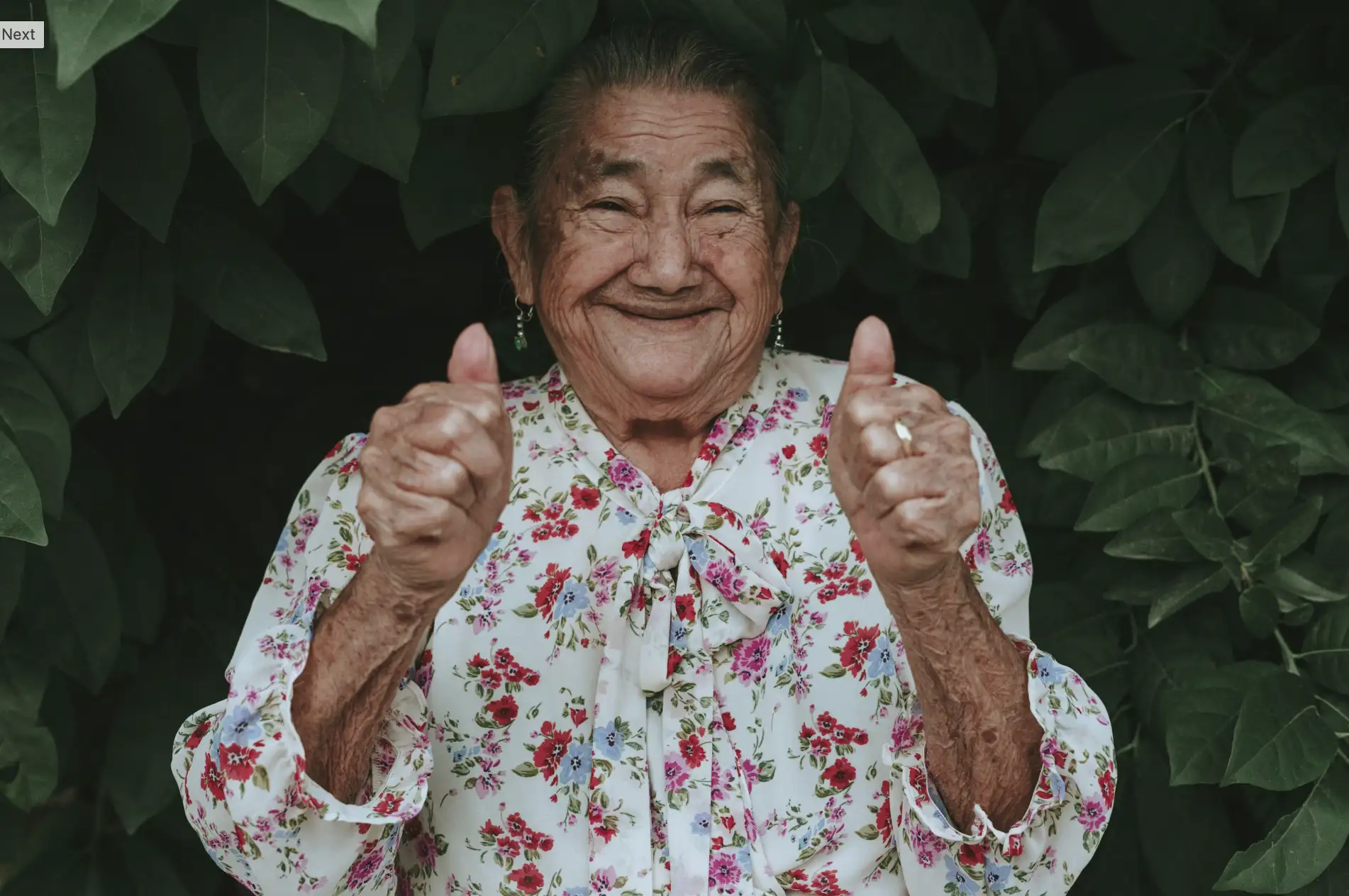As we get older, the risk of a fall can become a serious concern. It’s a source of anxiety not just for seniors, but for their families too. The fear of falling can lead to a loss of confidence and independence. But it’s important to remember that falls are not an inevitable part of ageing.
This pillar page is your complete guide to fall prevention in Australia. We’ll cover practical steps you can take, the roles of different health professionals, and the government support available to help you live safely and confidently in your own home.
How Can I Prevent Falls and Stay Independent at Home?
Preventing falls is about taking a proactive, multi-faceted approach. It involves a combination of staying active, making your home safer, managing your health, and knowing what support is available. You don’t have to do it all at once, but starting with a few key changes can make a huge difference.
Step-by-Step Guide: A Proactive Approach to Fall Prevention
Here’s a practical, step-by-step plan to significantly reduce the risk of falls.
Step 1: Make Your Home Safer
This is one of the fastest and most effective ways to prevent falls. An Occupational Therapist (OT) can provide a professional assessment, but you can start right now:
- Remove Trip Hazards: Secure loose rugs, clear clutter, and tape down electrical cords.
- Improve Lighting: Use brighter bulbs, especially in hallways and on stairs. Night lights in the bedroom and bathroom are essential.
- Bathroom Safety: Install grab bars in the shower and next to the toilet. Use non-slip mats in the bath or shower.
- Stair Safety: Ensure stairs have solid handrails on both sides.
Step 2: Focus on Strength and Balance
Improving muscle strength and balance is critical. A physiotherapist can design a program for you, but here are some key activities:
- Tai Chi: Proven to be one of the most effective exercises for fall prevention.
- Strength Training: Simple exercises using your body weight or light resistance bands can strengthen key muscles in your legs and core.
- Balance Exercises: Practice standing on one leg (while holding onto something sturdy) or walking heel-to-toe. The Australian Government provides physical activity guidelines for older Australians that are a great starting point.
Step 3: Review Your Health & Medications
- Medication Review: Some medications (or combinations of them) can cause dizziness or drowsiness. Schedule a review with your GP or pharmacist.
- Eye Check-up: Poor vision is a major contributor to falls. Get your eyes checked annually.
- Footwear: Wear well-fitting, supportive shoes with non-slip soles, even inside the house.
Step 4: Access Government-Funded Support
You don’t have to pay for everything out of pocket.
- Commonwealth Home Support Programme (CHSP): Can provide funding for smaller home modifications and allied health services. You can find more information on the My Aged Care website.
- Home Care Packages (HCP): For those with more complex needs, a HCP can provide significant funding for home modifications, assistive technology, and therapies. Learn about them on the My Aged Care HCP page.
Who Can Help? Your Fall Prevention Team
You don’t have to tackle this alone. A team of allied health professionals can provide expert guidance.
| Professional | How They Help | Relevant Funding |
|---|---|---|
| Occupational Therapist (OT) | Assesses your home for hazards and recommends modifications and assistive devices. | CHSP, Home Care Packages |
| Physiotherapist | Creates a tailored exercise program to improve your strength, balance, and mobility. | CHSP, Home Care Packages |
| Geriatrician | A specialist doctor who can review complex health conditions and medications that may increase fall risk. | Medicare, Private Health |
Government programs like the Commonwealth Home Support Programme (CHSP) and Home Care Packages (HCP) can provide funding for these essential services and for home modifications.
Frequently Asked Questions
From our research into forums and community discussions, here are the answers to the biggest concerns from both seniors and their children.
I’m worried about losing my independence. How do I balance safety and freedom?
This is the central challenge. The key is to frame these changes as tools for maintaining independence, not taking it away. A grab rail isn’t a sign of weakness; it’s a smart modification that allows you to continue using your own bathroom safely for longer. Focus on one or two changes that make the biggest difference, rather than trying to change everything at once.
My parent refuses to use a walker or make changes at home. What can I do?
This is incredibly common and stems from a fear of losing identity. Try to understand their perspective first. Instead of telling them what to do, ask questions. “I’m worried about you slipping on that rug, what do you think we could do about it?” Involving them in the solution gives them agency. Sometimes, having the conversation with a respected third party, like a GP or an OT, can be more effective.
How much do home modifications cost?
Costs vary widely. A few non-slip mats and night lights might cost under $100. Professionally installed grab bars can cost a few hundred dollars. Major changes can be more, but this is where CHSP and HCP funding is vital. An OT can help you get quotes and apply for funding.
What are the best exercises for fall prevention?
A combination of balance, strength, and flexibility exercises is best. According to Healthdirect Australia, programs that include exercises to challenge balance are most effective. Tai Chi, standing on one foot, and heel-to-toe walking are excellent. Consistency is more important than intensity.
I’m scared of becoming a burden to my family. How can I manage?
This is a heavy emotional weight. Remember, your family’s primary concern is your safety and well-being. Taking proactive steps to prevent a fall is one of the greatest gifts you can give them, as it eases their worry. Accessing government-funded services like CHSP is not being a burden; it’s using a system that you have contributed to throughout your life. It is there for you to use.
Taking steps to prevent falls is one of the most powerful things you can do to maintain your independence and quality of life. It’s about being proactive, not fearful. By making smart changes and accessing the right support, you can continue to live safely and confidently.
At MD Home Care, we are committed to helping you stay safe and independent in the home you love. Our team can connect you with trusted occupational therapists, physiotherapists, and help you navigate government funding.
If you want to discuss a personalised fall prevention strategy, contact MD Home Care today.

